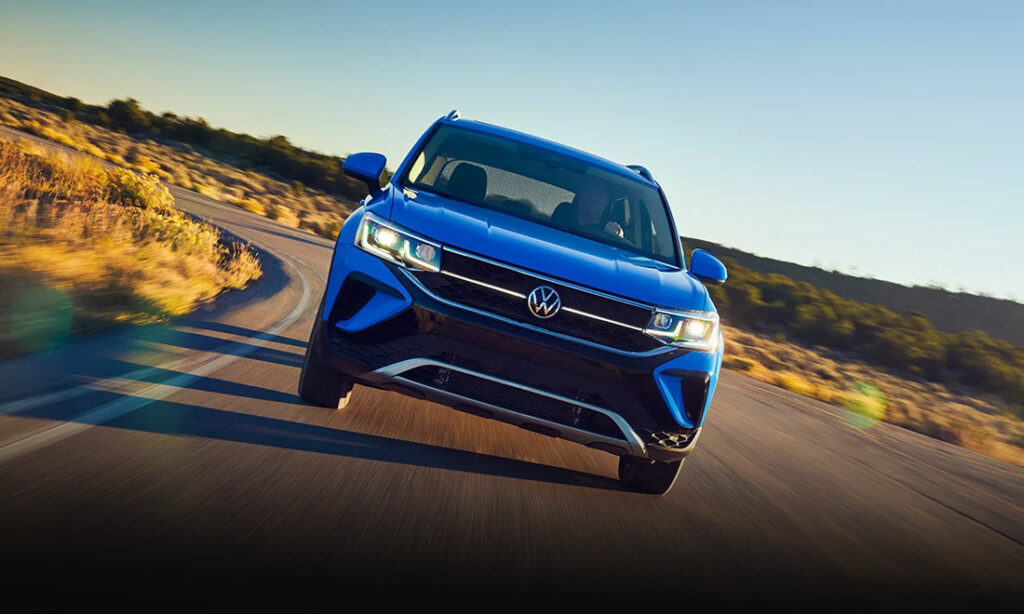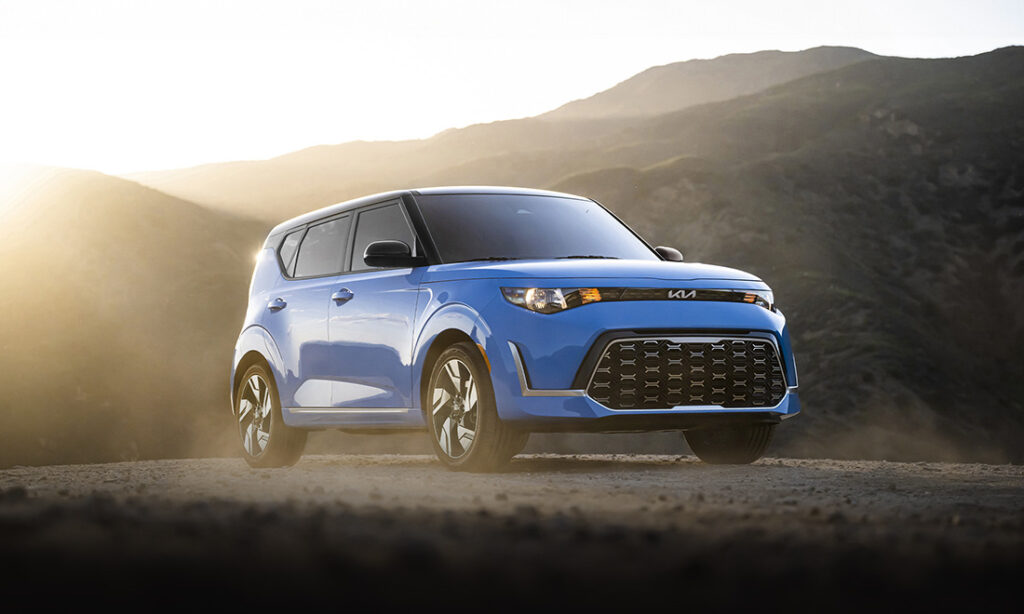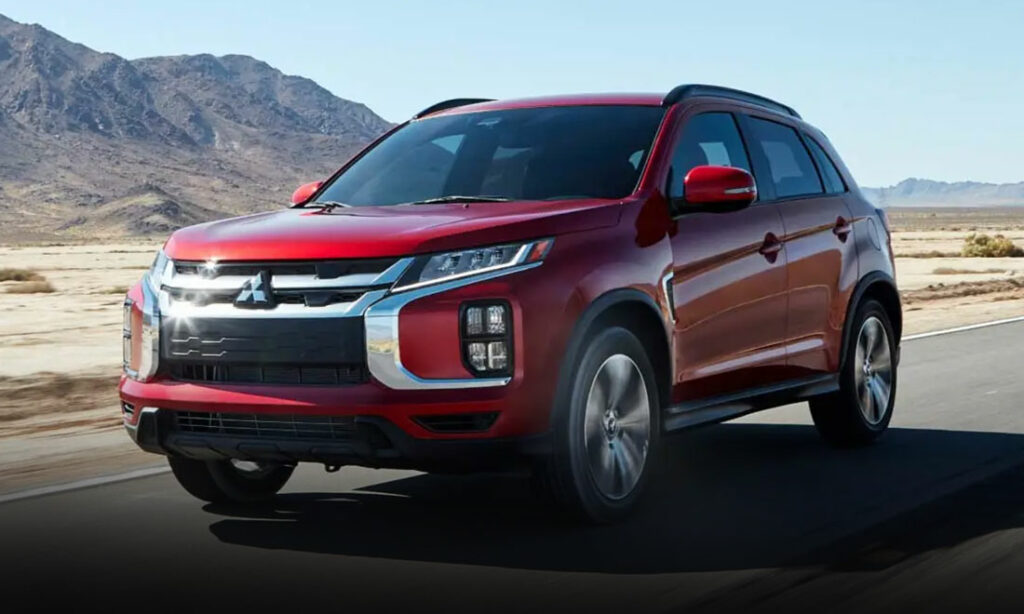Land Rover Defender Through the Years
The Land Rover Defender historically defined off-road adventure and utility. Nearly 75 years later, the ruggedness remains accompanied by refined luxury.
Looking Back at Land Rover Defender Generations
The Land Rover Defender is one of the most iconic off-road vehicles ever produced, synonymous with adventure, exploration and utility. Starting in 1948, it was built for 67 continuous years. During this span, the Defender added body styles, export markets and all manner of specialty versions. But aside from mild modifications to the drivetrain and trim, the Land Rover Defender was largely unchanged in that period. After a brief hiatus in 2016, the Defender was reintroduced in 2020 as an entirely new vehicle. Let’s explore the how the Defender has evolved through the years.
Series I (1948-1958)
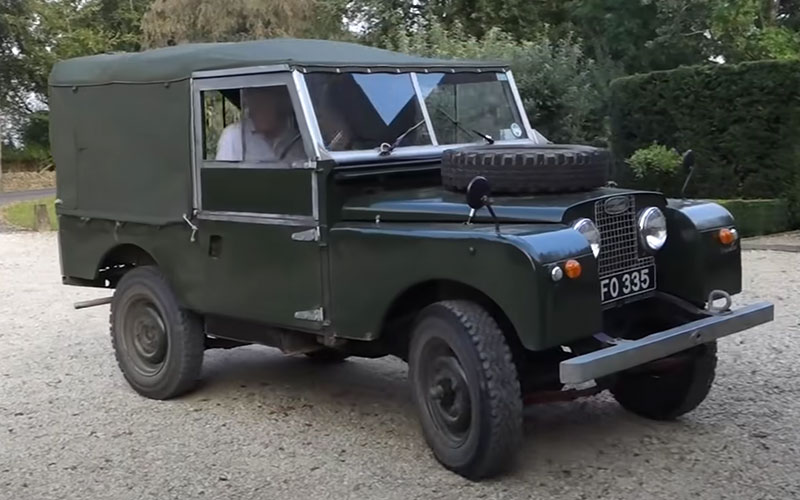
1954 Land Rover Series I – Harry’s Garage on YouTube.com | Shop Land Rover Defender on Carsforsale.com
- While very similar in looks and mechanicals, the Defender nameplate didn’t exist until 1990. Up until that point, it was simply the Land Rover Series. 1948 saw the introduction of the first generation, or Series I, in Britain that drew inspiration from the Willys Jeep of the era.
- Post-World War II, the Rover car company struggled with raw materials and demand for its luxury vehicles. So it planned a 2 to 3 year production of light agricultural utility vehicles to build cash reserves. The Land Rover Series was born.
- The corrosion resistant bodies of the Land Rover Series was due to an abundance of aluminum and shortage of steel at the time.
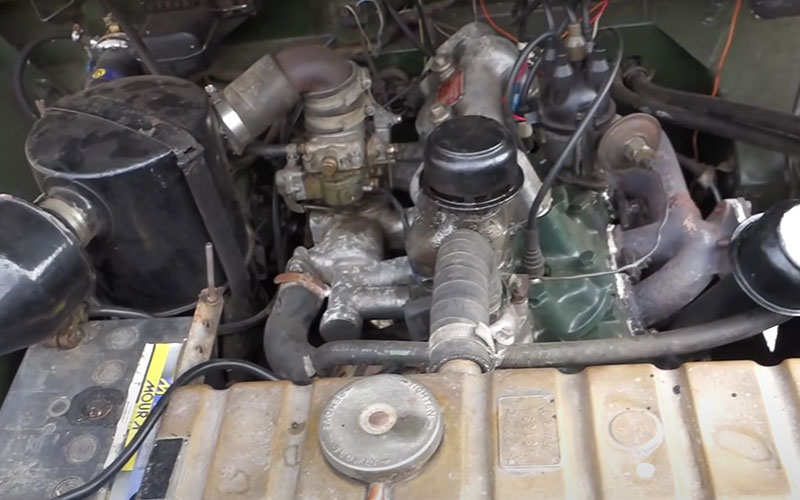
- Land Rover’s sturdy box-section frame came about because it was easier to weld four strips of steel into a box versus creating a U or I shaped frame.
- The Series I offered a Short Wheelbase (SWB) and Long Wheelbase (LWB) setup. Initially, the respective wheelbase dimensions were 80” and 107”.
- Buyers could choose from a 2-door or 4-door vehicle and a 2-door pickup.
- Designed to combine the functionality of a jeep-style utility vehicle and working farm tractor, the Series I included a Power Take-Off (PTO) front and rear.
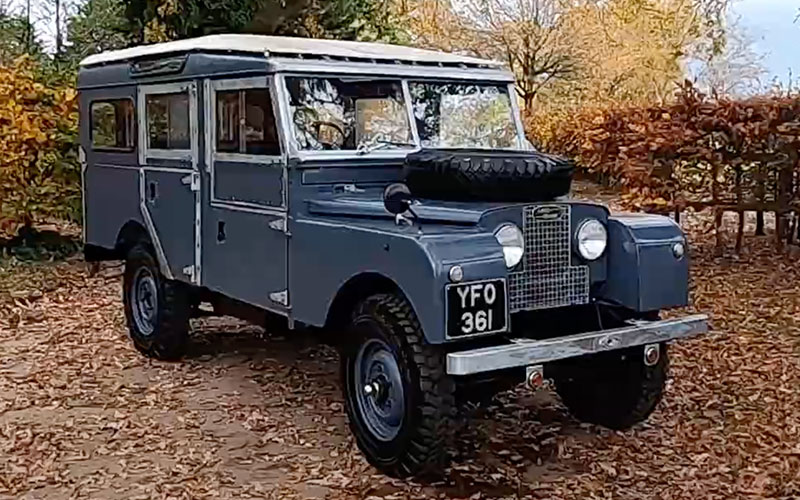
- A 4-speed manual, selectable 4-wheel drive (4WD) and a leaf-sprung suspension was standard.
- The first motor was a gas-powered 1.6-liter, 50 horsepower (hp) 4-cylinder. It used a freewheel that could engage or disengage 4WD using a ring-pull mechanism in the driver’s foot well.
- In 1955, a 5-door “station wagon” model was introduced that could seat up to 10 on the LWB chassis thanks to inward facing, rear seats. It was intended to transport workers to remote locations.
- 1956 saw the SWB extend to 88” between the wheels and the LWB extend to 109”. These two wheelbase dimensions would remain with the Land Rover Series for the next 25 years.
Series II (1958-1961)
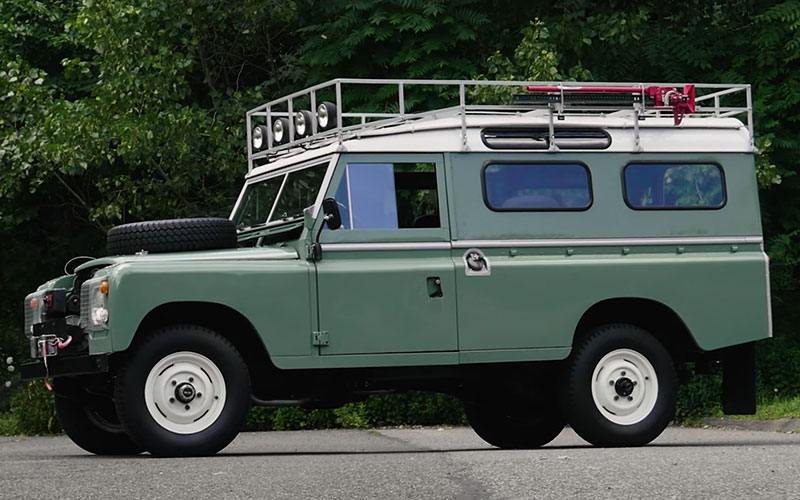
- While body styles and powertrains carried over from the previous generation, the Series II picked up 5” in width, curved side windows and a rounded-off roof.
- A 12-seat LWB option was made available because of United Kingdom laws giving tax-exemptions to vehicles with 12 seats. This version was cheaper to buy than the 10-seat layout as well as the SWB 7-seater.
- The now 2.0-liter gasoline engine was eventually replaced mid-generation with a 2.25-liter version, bumping output to 72 hp.
Series IIA (1961-1971)
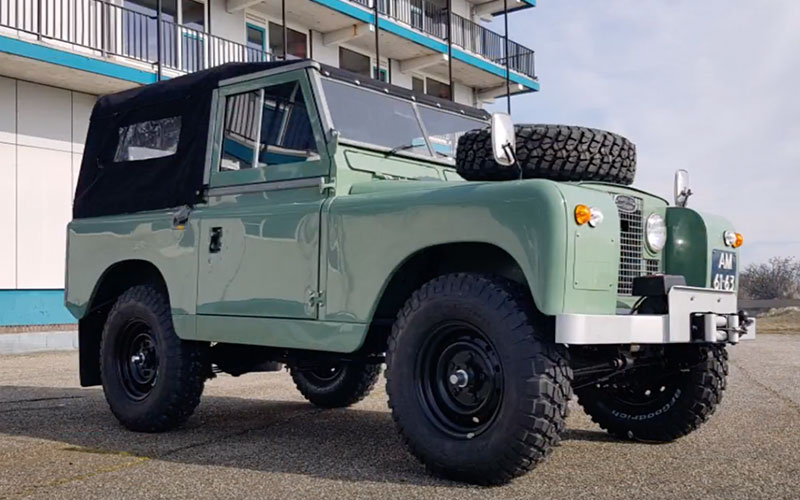
- The main Series IIA design change was moving the headlights outboard onto the fenders from their original centrally mounted location.
- This series sports the classic Land Rover features that tend to feature prominently in public memory due to its use in popular African documentaries of the ‘60s like Born Free.
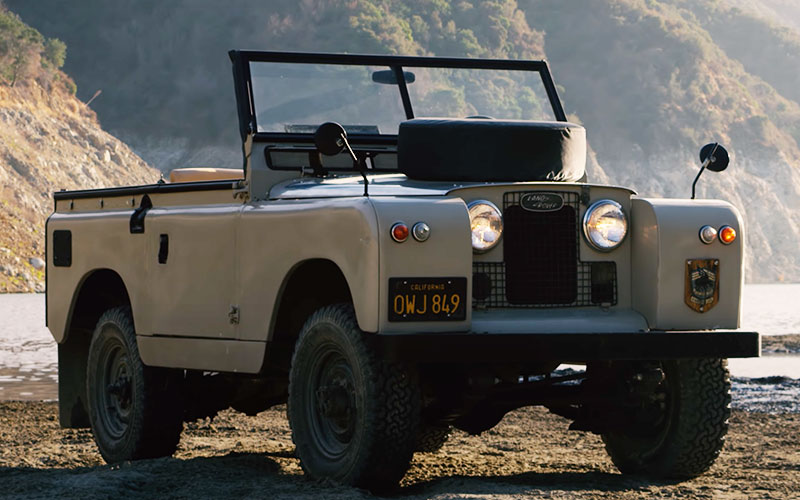
- Two new engines were introduced for the Series IIA. The diesel option increases to 2.25-liters of displacement and a 2.6-liter gas engine is added.
- From 1962 to 1965, Land Rover offered a new body style called the Forward Control (FC). FC design pushed the cab out over the engine to increase load capacity in the pickup-style bed. Its use of heavy-duty axles, upgraded rear suspension and larger tires made the FC popular for conversions into fire engines and motorhomes.
Series III (1971-1983)
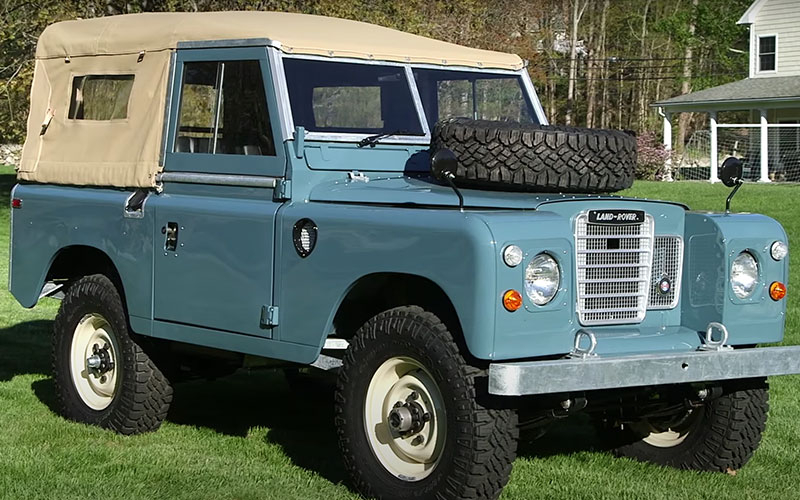
- Thanks to its 14-year production run of more than 440,000 units, Series III Land Rovers become the most common of the Series. In 1976, a Series III becomes the one-millionth Land Rover built.
- Up to this point, Land Rover Series vehicles used a simple metal dash fascia. The Series III adopts a molded plastic dash in keeping with automotive trends of the early 1970’s on safety and advanced materials. This change is accompanied by moving the instrument cluster from its previous central location to the driver’s side.
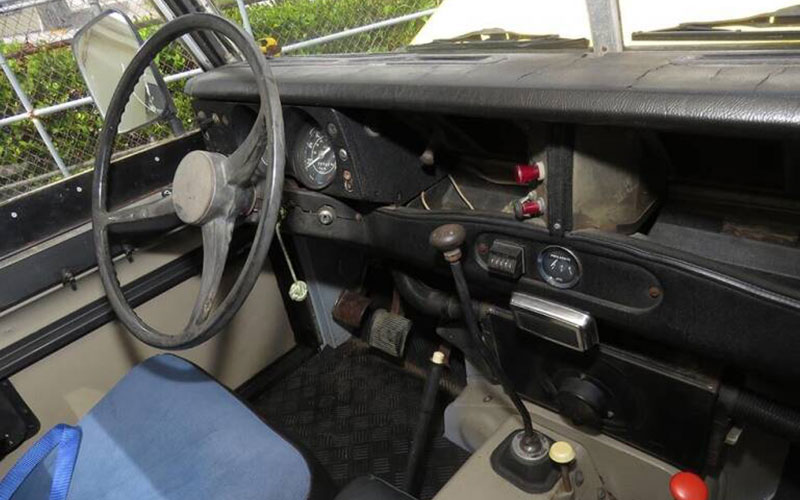
- In 1982, a “County” spec is released with all-new cloth seats, soundproofing, tinted windows and other “soft” options targeted at leisure owners.
- A new 3.5-liter gasoline-powered V8 making 91 horsepower was introduced in 1979. It’s known as the “Stage 1 V8” because it was the first stage of British government investment in Land Rover to counter foreign competition from the Toyota Land Cruiser and Nissan Patrol.
- With this generation, a traditional 2-speed manual transfer gearbox for the 4WD system accompanies the standard 4-speed manual. Synchromesh is added to all 4 of the transmission gears.
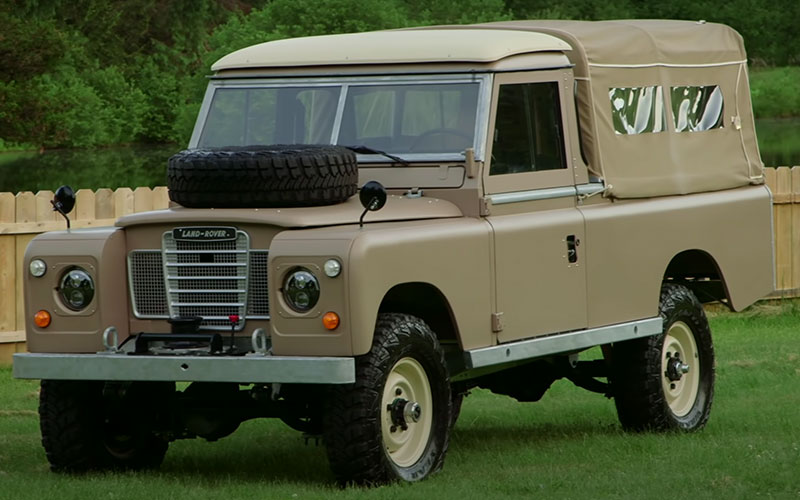
- Due to issues with broken rear axle half shafts, the transmission, axles and wheel hubs were reinforced on the Series III.
- A High Capacity Pick Up, targeted at contractors, was introduced with a 25% larger load capacity in the bed and heavy-duty suspension.
- Up until 1977, the One Ton 109” was produced using the Series IIB FC platform. It combined the 2.6-liter gasoline engine, oversized tires, a lower ratio gearbox and drop-shackle suspension used on military models. Fewer than 500 of these were made making them very rare today.
Land Rover 90, 110 and 127 (1983-1990)
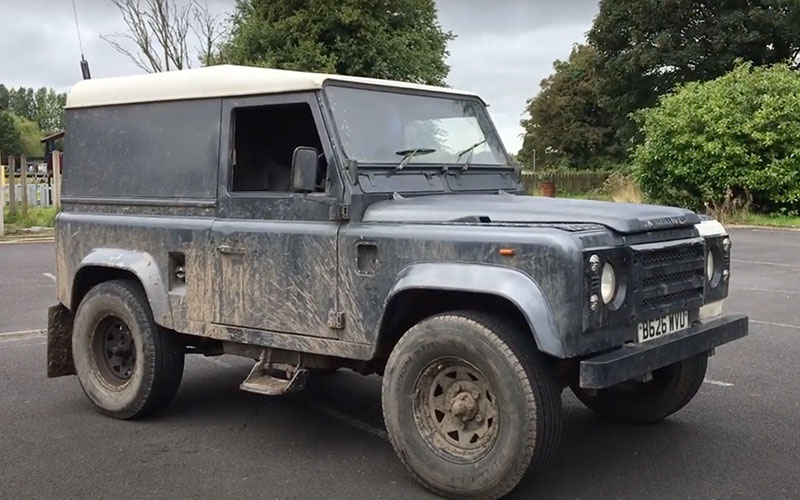
- In 1983, coil springs are added and the Series SWB becomes a Land Rover 90 to represent its wheelbase. However, the actual dimension was nearly 93”.
- The following year sees the Series LWB transitions to a Land Rover 110, which is dead-on the actual wheelbase.
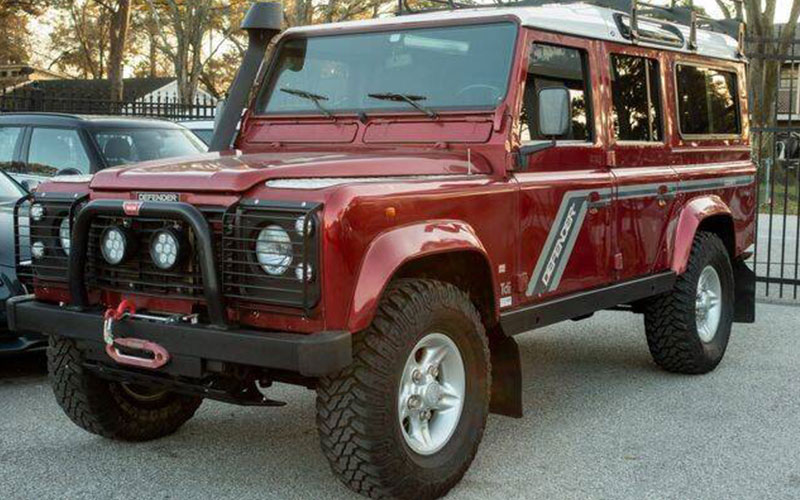
- Changes to the exterior include a full-length hood, revised grille and wheel arch extensions. The interior receives a more modern design and the sliding panel windows become wind-up style for the first time.
- During this generation, the first turbocharged diesel is offered with reinforced internals, an oil cooler and 8-blade cooling fan. The V8 motor is upgraded to put out 134 horsepower.
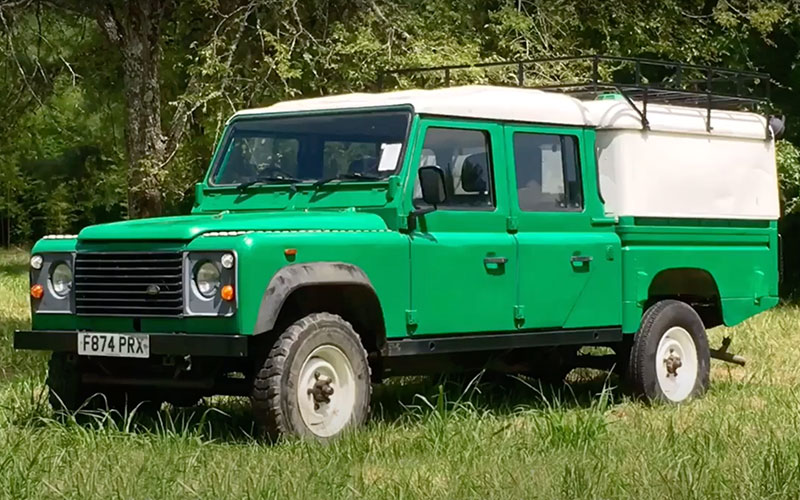
- A “County 4×4” version is positioned as a family vehicle with improvements like a cassette player, special wheels and surfboard racks.
- 1983 is the first year of the longest body style, the Land Rover 127, which was added to the commercial lineup and intended to accommodate heavier load needs.
Land Rover Defender (1990-2016)

- With the Land Rover Discovery introduced in 1989, the 90, 110 and 127 needed their own name to distinguish between models. So the Defender 90, 110 and 130 are released. While the Defender 130 actually has a 127” wheelbase, Land Rover continues their tradition of rounding the nameplate designation.
- A new turbodiesel, the 200 TDi is released with improved turbocharging, intercooling and direct injection. This is followed in 1994 with an all-new 300 TDi making 111 hp and 195 lb-ft of torque.
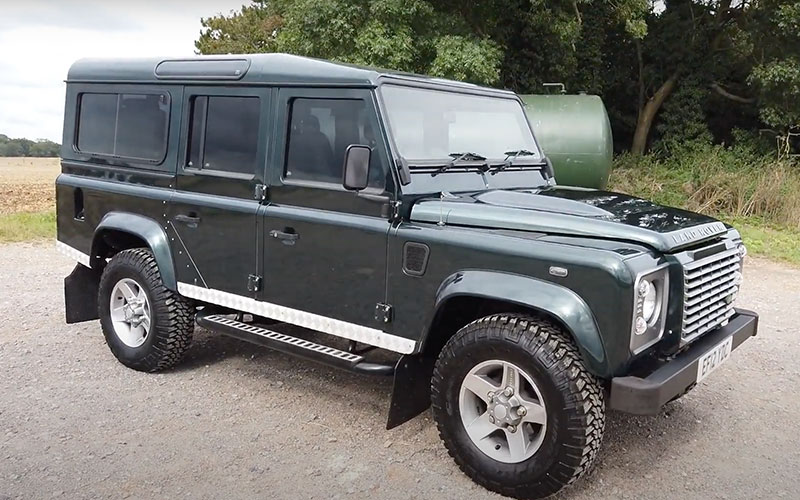
- In the early 2000’s, Defenders start to receive more passenger-vehicle focused features like heated seats, air conditioning and anti-lock braking.
- In 2011, the DC100 concept vehicle is shown off as a precursor of an entirely new Defender. Coming European regulations mean the Defender cannot continue to be sold in its current form in home markets or abroad. Only sold in the United States from 1993-1997 due to stiffer safety laws, Land Rover looks to reinvent the Defender so that it can be sold worldwide.
Land Rover Defender (2020-Present)
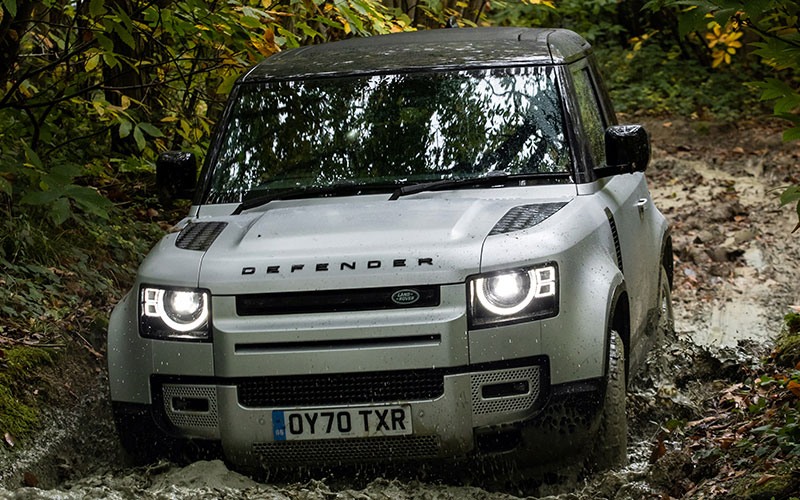
2020 Land Rover Defender – media.landrover.com | Shop Land Rover Defender on Carsforsale.com
- In 2020, the first entirely new Land Rover Defender is introduced as a global vehicle. It is built to comply with worldwide car regulations and compete in both China and the US, which are the two largest car markets.
- Though the design is immediately identifiable as a Defender, it shares no components or technology with its predecessors.
- Labeled the Defender 90 and 110, the wheelbase is no longer a rounding error in relation to the nameplate. Model 90’s have a wheelbase of nearly 102”, while 110’s measure 119”.
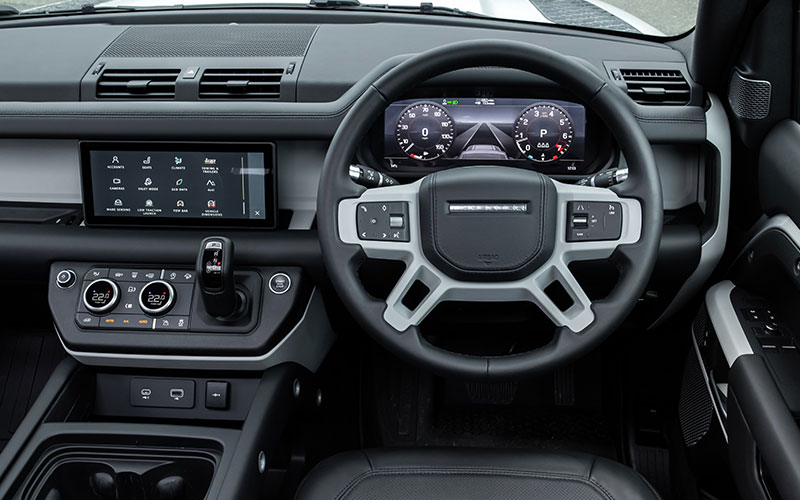
- The Defender 90 is offered with two doors while the 110 is a 4-door body style.
- Ditching the body-on-frame setup, the Defender now has unibody construction, an aluminum monocoque chassis and 4-wheel independent suspension.
- For 2022, there are three engines available in the US market which are all gas powered. A turbocharged 4-cylinder making 296 hp, a turbo- and supercharged inline-6 good for 395 horsepower and a supercharged V8 cranking out 518 horses.
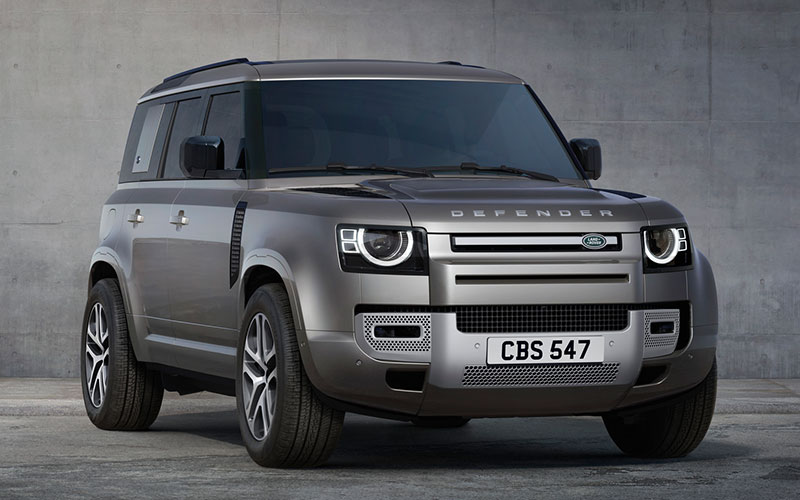
- Available luxury features like ventilated front seats, triple-zone climate control, a digital instrument panel and 14-speaker Meridian sound system take the Defender upmarket.
- The off-road capability Defenders are known for remains. 4WD with a 2-speed transfer case is standard. Ground clearance and departure angle is better than any predecessor. New Defenders can ford up to 35” of water while ultrasonic sensors measure the depth.
- Driver’s assistance features like automated emergency braking and lane keeping assist usher the Land Rover Defender into the modern age of safety.


